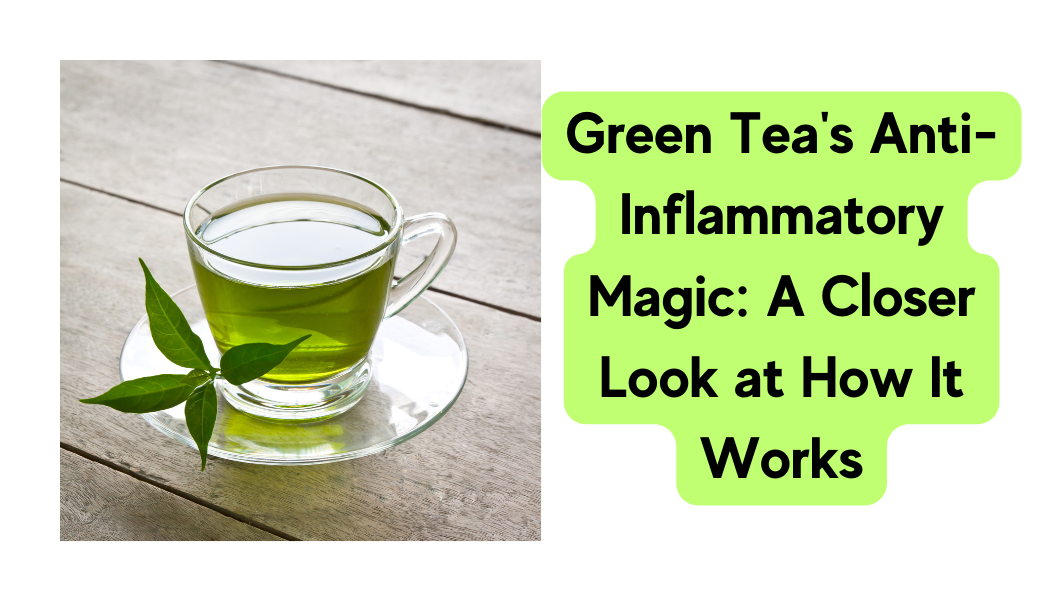Understanding the Link Between Green Tea and Inflammation
The tea plant, scientifically known as Camellia sinensis. The processing of tea leaves determines the four main types of tea derived from the Camellia sinensis plant: white, green, Oolong, and black tea. White tea is crafted from very young leaves and buds that haven’t yet turned green, undergoing minimal processing through drying. Green tea is produced from mature leaves with only the drying process involved. Oolong tea comes from partially fermented mature leaves, while black tea is made from fully fermented mature leaves.
Studying Anti-Inflammatory Effects in Arthritis: Green tea’s anti-inflammatory effects have been studied in conditions like rheumatoid arthritis (RA) and osteoarthritis (OA), which are relevant to CVD.
Inflammation Beyond CVD: Inflammation plays a role in various health issues like arthritis, aging, and cancer, not just in Cardiovascular Disease (CVD).
Key Anti-Inflammatory Mechanisms: Green tea components showcase anti-inflammatory effects through mechanisms like:
- Increased production of IL-10, an anti-inflammatory cytokine.
- Regulation of IL-6 synthesis and signaling.
- Decreased production of destructive matrix metalloproteinases.
- Decreased expression of the chemokine receptor CCR2.
- Reduced levels of proinflammatory cytokines IL-1β and TNF-α.
Specific Studies on Inflammation:
Studies on inflammation can be categorized into:
- Inhibition of neutrophil-endothelium interaction.
- Modulation of neutrophil functions and death.
- Regulation of inflammation factors.
Controlling Neutrophils to Reduce Inflammation:
Green tea catechins have shown to reduce the expression of adhesion molecules on endothelial cells, restricting neutrophils’ ability to migrate and cause inflammation.
Suppression of Factors Regulating Neutrophil Function:
Consumption of green tea or EGCG suppresses factors that regulate neutrophil function, leading to inflammation inhibition.
Inhibition of Pro-Inflammatory Factors:
Green tea catechins downregulate many inflammatory chemokines, cytokines, and markers, such as IL-1α, IL-1β, IL-6, IL-8, INF-γ, and CRP.
Green tea emerges as a promising ally in fighting inflammation, showcasing various mechanisms that contribute to reducing inflammatory responses. Incorporating green tea into daily habits might offer a natural and enjoyable approach to support overall health.
Reference: Wanda C. Reygaert. An Update on the Health Benefits of Green Tea. Beverages 2017, 3(1), 6
Other interesting articles




